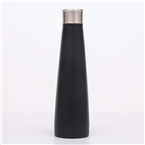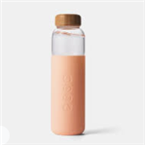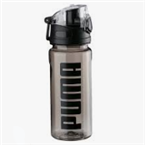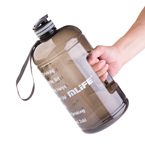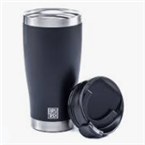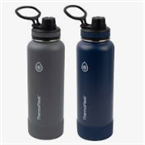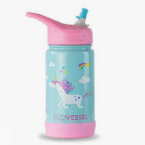Thermal transfer is an emerging printing process, which has been introduced from abroad for more than 10 years. The process printing method is divided into two parts: transfer film printing and transfer processing. The transfer film printing adopts dot printing (resolution up to 300dpi), and the pattern is printed on the surface of the film in advance. The printed pattern has rich layers, bright colors, and ever-changing , The color difference is small, the reproducibility is good, it can meet the requirements of the designer, and is suitable for mass production; the transfer process is processed by a heat transfer machine (heat and pressure) to transfer the exquisite pattern on the transfer film to the product On the surface, the ink layer and the surface of the product melt into one body after molding, which is vivid and beautiful, which greatly improves the grade of the product. Color printing is to spray the LOGO onto the cup directly by spray painting.
The full name of screen printing is “screen printing”. Screen printing is to stretch silk fabric, synthetic fiber fabric or metal screen on the screen frame, and use hand-carved paint film or photochemical plate making method to make screen printing plate. To put it more popularly, the realization process of screen printing is to choose to make film (film) according to the advertising content, and then use the film to expose a screen. The content that needs to be screen printed is empty on the screen, and then used on the product through the screen. The wheels wash up the paint. This is the most commonly used advertising method in the advertising gift customization industry. Its advantages are low cost, simple production process, and wide application range; but its disadvantage is that silk screen printing belongs to monochrome printing, and a set of advertising content of several colors often requires several processing processes.
The basic principle of laser marking is that a high-energy continuous laser beam is generated by a laser generator. When the laser acts on the printing material, atoms in the ground state transition to a higher energy state; atoms in a higher energy state are unstable , Will quickly return to the ground state, when the atom returns to the ground state, it will release additional energy in the form of photons or quantum, and the light energy will be converted into heat energy, so that the surface material will instantly melt or even vaporize, thus forming a graphic mark . The advantages of laser marking are high marking accuracy and low cost; but its disadvantages are that there are fewer laser marking supporting factories in the gift industry, and some materials of products cannot use this process.
The above is the detailed introduction of the three processes. In addition to this, there are other processes such as gold-sticking, glue-sticking, air-dyeing, 3D, and 4D.



